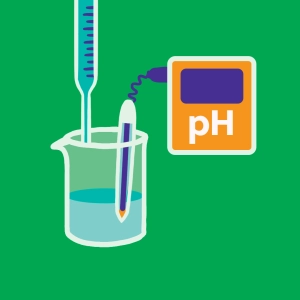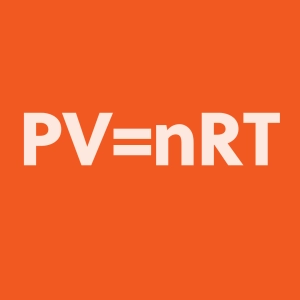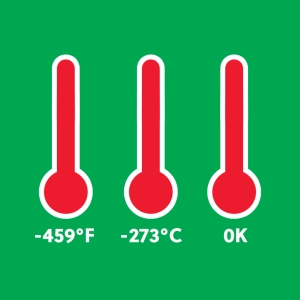 pH Analysis
pH Analysis
Learning objectives
- To know how to use pH indicator paper
- To place substances in order of pH characteristics
- To distinguish between an acidic and a basic solution.
- To establish the reltionship between pH and H+ and OH- ions.
The pH of an aqueous solution (water based) is a number that indicates the nature of the solution as acidic, neutral or basic.
- pH < 7: The solution is acidic.
- pH = 7: The solution is neutral.
- pH > 7: The solution is basic.
pH measurement provides direct information on the presence of certain ions: H+ hydrogen ion and the hydroxide ion OH- in the solution. The H+ ion is directly related to the acidity and OH- ion is linked to the basicity of the solution.
- pH < 7: An acidic solution that contains more H+ than OH- ions.
- pH = 7: A neutral solution that contains an equal number of H+ and OH- ions.
- pH > 7: A basic solution containing more OH- ions than H+ ions.
The pH (potential hydrogen) is a measure of the concentration of H+ ions. These ions, react with many elements including water. Strong acids or strong bases are corrosive. They must be handled with great care.
Click and drag the pH indicators to compare the colors.

Discover EduMedia for free
The interactive encyclopedia that brings science and math to life in the classroom.
Over 1,000 resources





